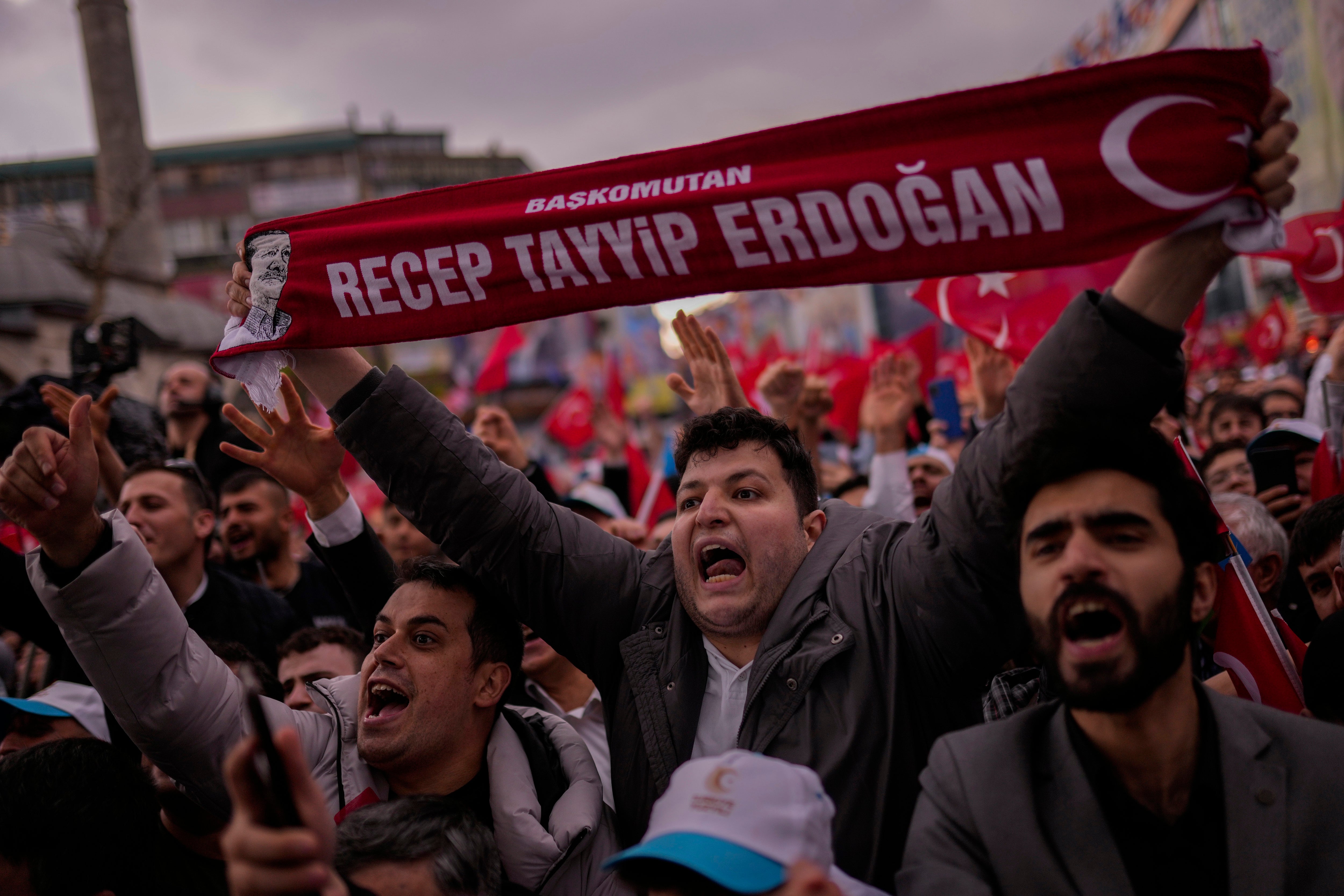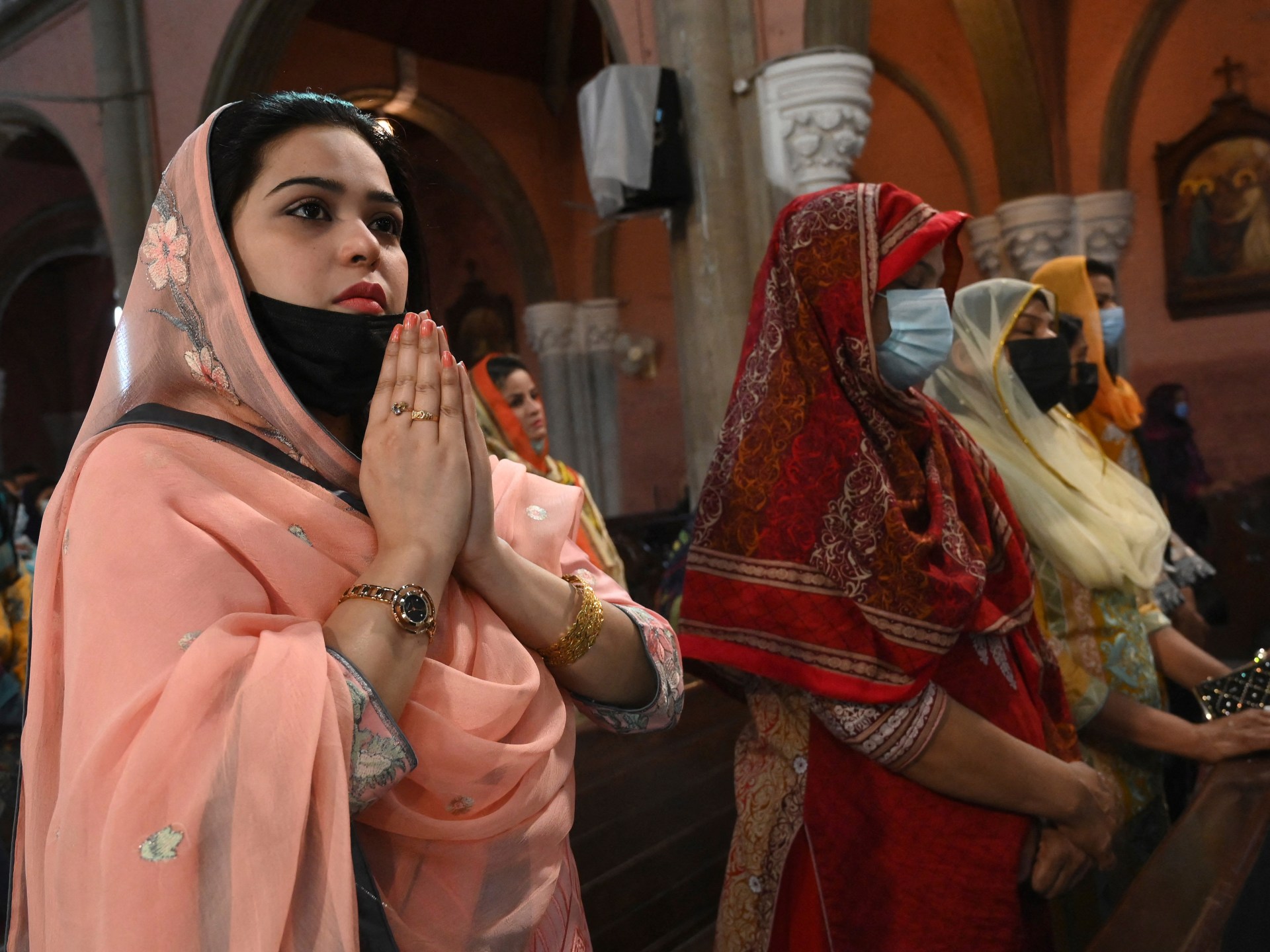India – Economic Development, History and International Relations
India and Indian civilization have played a major part in human development, world history and international relations. With roughly 1.2 billion people, India is the world’s largest democracy and second largest country by population. In recent decades, rapid economic growth and globalization have led to higher living standards and greater integration with the world economy. From 1980 to 2010, India’s Human Development Index (HDI) rose by 62 percent, and life expectancy at birth in India increased from 42.4 to 63.7 years from 1960 to 2008.
Economic Growth, Development and Mega-Cities
India’s rapid economic growth and development is accompanied by the dramatic rise and growth of so-called mega-cities. People across India and other developing countries flock to cities and urban areas in search of greater opportunity and higher living standards. The fruits of their labors and the economic advantages of cities’ financial, human and social capital help fuel India’s development and urbanization.
India will have more than 68 cities with populations of more than one million people by 2030, and more than 40 percent of Indians will live in cities of greater than one million people by 2025 according to the McKinsey Global Institute.
Indian Society, Culture and Language
India’s society is organized by a hierarchical caste system of four tiers: priests (Brahmins), warriors (kshatriyas), creators of wealth (vaishyas) and laborers and peasants (shudras). A fifth group has long been excluded from the formal caste system for performing dirty jobs that previously branded them as “untouchables.” Mahatma Mohandas Gandhi was a leading champion of the poor and untouchables, whom he renamed harijan (“children of god”) and also go by the term dalits (“the oppressed”). Economic development has gradually chipped away at some of the rigidities of India’s class structure.
India is an ethnically and linguistically diverse country. As of 2001, 29 languages were spoken by more than one million people in India, and more than 122 languages were spoken by at least 10,000 people. India’s primary and secondary official languages are Hindi and English, respectively.
History – Colonization, Independence and Partitioning
India’s commercial opportunities attracted companies from Portugal, the Netherlands, England, France and Denmark. The most famous of these outfits, the British East India Company, was chartered by Queen Elizabeth on December 31, 1600. By 1668, the British East India Company had leased the enclave of Bombay. The East India Company’s settlement at Fort William eventually became Calcutta (present-day Kolkata).
British forces succeeded in putting down the so-called Indian Mutiny or First War of Independence, which began with their own Indian soldiers revolting against the cow and pig grease used on new rifle cartridges. India officially became a British colony in 1858 when the British army put down the rebellion, and the British crown assumed administration of India.
The resistance of Mahatma Mohandas Gandhi and Jawaharlal Nehru of the Indian National Congress to British rule eventually led to the Government of India Act of 1935. India finally achieved full independence when the Indian subcontinent was officially partitioned into the separate nation states of India and Pakistan on August 15, 1947.
Politics and Democracy in India
India became the world’s largest democracy when it adopted universal suffrage (right to vote) for all adults in 1951 following the enactment of the Constitution for India’s “Sovereign Democratic Republic and Union of States” on January 26, 1950.
International Relations and Foreign Policy
India’s relationship with Pakistan plays a key part in India’s role in international politics and security. The uneasy relationship between India and Pakistan can be traced back to the post-WWII partitioning of the India subcontinent, ongoing territorial disputes, particularly over Kashmir, and divided cultural allegiances between Hinduism and Islam. The goals of maintaining peace and stability and preventing any escalation of nuclear armaments guide many countries’ foreign policies in the region, particularly those of the U.S. and other highly developed, western nations.
Source by Jason S Walters



